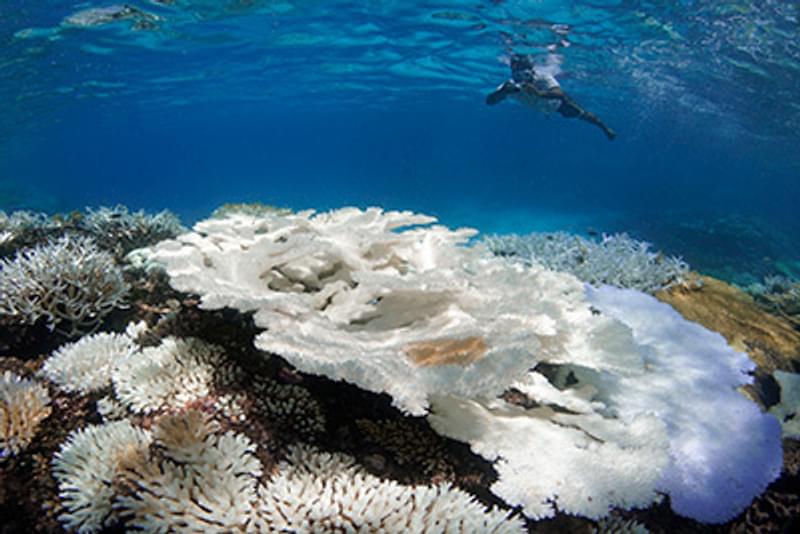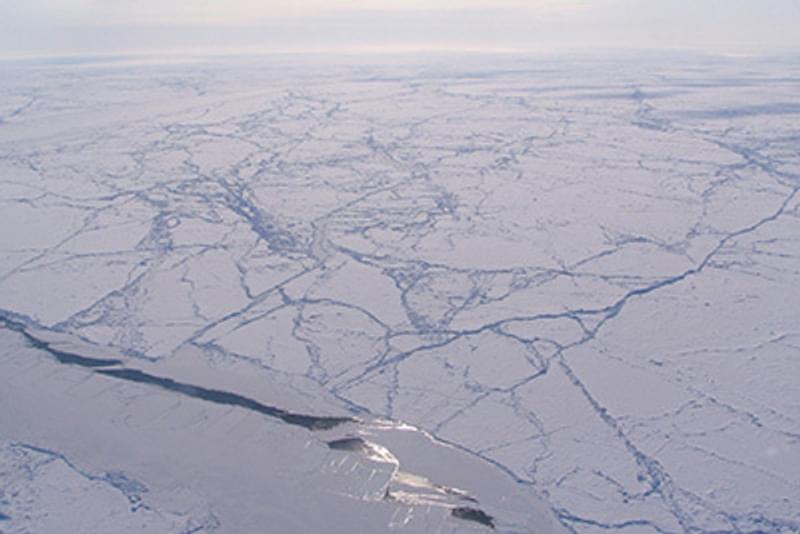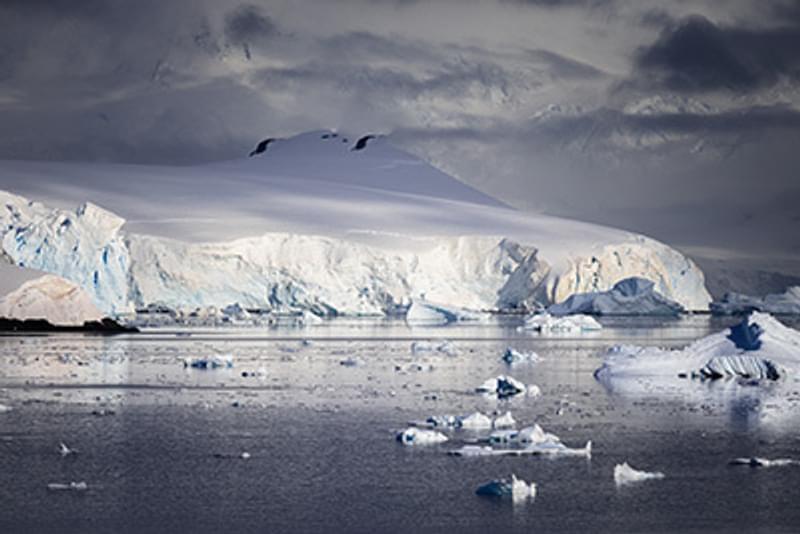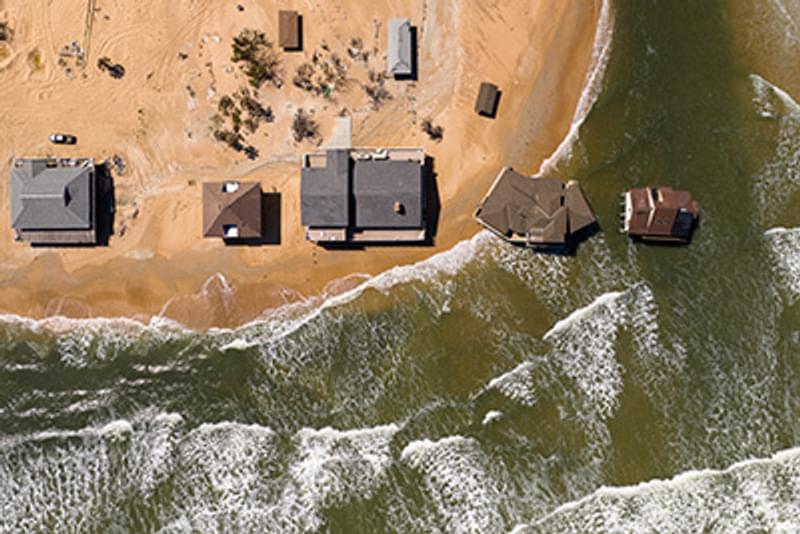How does climate change affect the ocean?
Climate change is caused by increased carbon dioxide in the atmosphere, mainly from burning fossil fuels since the advent of the Industrial Revolution in the 1750s.
The ocean has helped to lessen the impact of climate change on land, absorbing 90 per cent of the warming and nearly 25 per cent of the carbon dioxide from manmade emissions.
While this shows how the ocean is an ally in tackling climate change, it has also put enormous stress on the ocean environment, pushing it beyond its natural ability to accommodate these changes.
Ocean warming
Ocean warming is happening faster as the ocean absorbs most of the increase in the heating of the atmosphere from climate change. This can harm marine animals such as corals through a process known as coral bleaching. It also forces some fishes and other animals to find cooler waters.
 The Ocean Agency
The Ocean Agency
Sea ice loss
Sea ice loss happens as warmer ocean temperatures cause sea ice in the Arctic and Antarctic to melt faster. Less sea ice means species such as the polar bear are losing their habitat.
 NASA
NASA
Sea level rise
Sea level rise is caused by the ocean expanding as it heats, and more land ice (in glaciers and ice sheets) melting and flowing into the ocean. If all the ice sheets in the Arctic and Antarctic were to melt, sea levels would rise by over 65 metres.
 earleliason/iStock
earleliason/iStock
Storms
Storms are becoming more powerful and are happening more often as the ocean and air temperatures increase. These can damage coastal habitats, communities, and cities.
 Leighton Collins/Shutterstock
Leighton Collins/Shutterstock
Ocean acidification
Ocean acidification is the name given to a chemical change in the ocean. This takes place when increased carbon dioxide in the atmosphere is absorbed by the ocean. This leads to an increase in acidity which can affect animals with chalky shells or structures.
 NOAA
NOAA
Impacts on communities
Direct human impacts happen as well as changes to the environment. By 2050, sea level rise will mean annual coastal floods will affect land that is now home to 300 million people. Changes in the ocean are also affecting fisheries around the world.
 Aerial View/iStock
Aerial View/iStock
